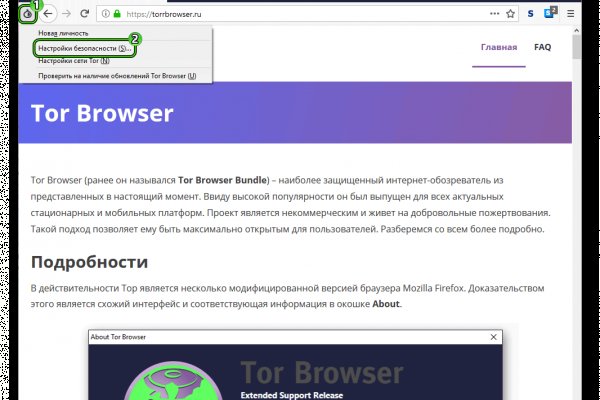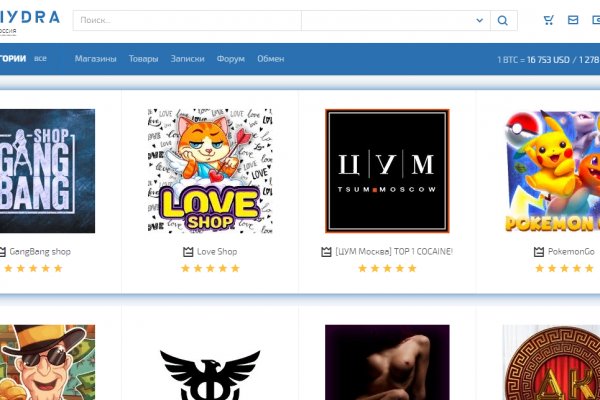Рабочая ссылка на кракен в торе

Нажмите Общий альбом Создать общий альбом. Чтобы отправить фотографию, не нужно открывать специальный сайт на компьютере, достаточно сделать это через телефон. При этом учитываются данные о том, с кем вы взаимодействовали ранее. Как удалить фотографии и видео Нажмите на нужный объект в общем кракен альбоме или обсуждении. Снимите флажок " Сжать изображения »И нажмите послать. Достаточно загрузить наркоту файл в облако, а после войти на другом устройстве в аккаунт. Если пользователь хочет отправить фото каком-либо другому человеку, то он может воспользоваться различными способами помимо электронной почты. Нажми на Agrafe икона. После этого появится изображение фото (имя присоединенного файла) ;. Как отправить фото по электронной почте? Вы можете делиться фотографиями, видео, альбомами и фильмами с кем угодно даже с теми, кто не пользуется приложением "Google Фото". Способ с облаком идентичен, что и с почтой. Войдите в аккаунт Google. Для вашего удобства Google Фото подсказывает, с какими пользователями можно поделиться контентом. Теперь выберите все изображения и видео. Если пользователь имеет на облаке фотографию, которую в дальнейшем хотелось бы загрузить на почтовый адрес, то он может воспользоваться специальным разделом, который располагается в системе телефоне. Альтернативный метод Откройте чат Telegram и нажмите Agrafe икона. Если вы поделились ссылкой на фотографии, их сможет посмотреть любой пользователь, у которого есть ссылка. Это будет удобнее. Подробнее о том, как средства управления доступом к общим альбомам обеспечивают кракен конфиденциальность ваших фотографий Откройте страницу m на компьютере.
Рабочая ссылка на кракен в торе - Кракен даркнет зеркало пв
Aquest lloc web utilitzacookies per recopilar informació estadística sobre la navegaciódels usuaris i millorar els seus serveis amb les sevespreferències, generades a partir de les vostres pautes denavegació. Podeu consultar la seva configuració a la nostraPolíticade Cookies.Acceptar © 2002-22 Fundació Ensenyament i Família | Tel.933876199Avíslegal | Política decookies

Managing and Monitoring Landscapes Protecting and improving land health requires comprehensive landscape management strategies. Land managers have embraced a landscape-scale philosophy and have developed new methods to inform decision making such as satellite imagery to assess current conditions and detect changes, and predictive models to forecast change. The Landscape Toolbox is a coordinated system of tools and methods for implementing land health monitoring and integrating monitoring data into management decision-making.The goal of the Landscape Toolbox is to provide the tools, resources, and training to land health monitoring methods and technologies for answering land management questions at different scales.Nelson Stauffer Uncategorized 0The core methods described in the Monitoring Manual for Grassland, Shrubland, and Savanna Ecosystems are intended for multiple use. Each method collects data that can be used to calculate multiple indicators and those indicators have broad applicability. Two of the vegetative methods, canopy gap and vegetation height, have direct application…Continue readingNelson Stauffer Uncategorized 0Quality Assurance (QA) and Quality Control (QC) are both critical to data quality in ecological research and both are often misunderstood or underutilized. QA is a set of proactive processes and procedures which prevent errors from entering a data set, e.g., training, written data collection protocols, standardized data entry formats,…Continue readingNelson Stauffer Uncategorized 0In order to meet its monitoring and information needs, the Bureau of Land Management is making use of its Assessment, Inventory, and Monitoring strategy (AIM). While taking advantage of the tools and approaches available on the Landscape Toolbox, there are additional implementation requirements concerning the particulars of sample design, data…Continue readingNelson Stauffer Methods Guide, Monitoring Manual, Training 0We’ve added two new videos demonstrating and explaining the Core Methods of Plant species inventory and Vegetation height to our collection. These are two methods that previously didn’t have reference videos, although the rules and procedures for both can be found in volume I of the Monitoring Manual for Grassland, Shrubland,…Continue readingSarah McCord Methods Guide, Monitoring Manual, Training 0Question: Are succulents counted as a woody species when measuring vegetation heights? Answer: Yes. Succulent plant species are considered to be woody in contrast to herbaceous because their function is more similar to woody vegetation than herbaceous vegetation in many applications of these data. From a wildlife viewpoint: Some succulents are…Continue readingNelson Stauffer Blog, News, Presentations 0The 68th annual Society for Range Management meeting held in the first week of February 2015 in Sacramento, California was a success for the Bureau of Land Management’s Assessment, Inventory, and Monitoring (AIM) strategy. Staff from the BLM’s National Operations Center and the USDA-ARS Jornada hosted a day-long symposium to…Continue readingJason Karl Blog, Sample Design sample design, sampling 0What is an Inference Space? Inference space can be defined in many ways, but can be generally described as the limits to how broadly a particular results applies (Lorenzen and Anderson 1993, Wills et al. in prep.). Inference space is analogous to the sampling universe or the population. All these…Continue readingNelson Stauffer Blog, Monitoring Tools & Databases, News 0A new version of the Database for Inventory, Monitoring, and Assessment has just been released! This latest iteration—as always—aims to improve stability and reliability for field data collection on a tablet and data report generation in the office. For more information about DIMA and how it fits into project designs,…Continue readingJason Karl Blog, News 0In compiling information for the redesign of the Landscape Toolbox website and the second edition of the Monitoring Manual, I kept referring back to a small set of seminal references. These are my “Go-To” books and papers for designing and implementing assessment, inventory, and monitoring programs and for measuring vegetation…Continue readingJason Karl Blog, News 0We’re excited to show off the new redesign of the Landscape Toolbox. We’re in the middle of not only refreshing the website, but also completely overhauling the content and how it’s organized in the Toolbox. This version of the Toolbox is draft at this point and is evolving rapidly. Take…Continue reading